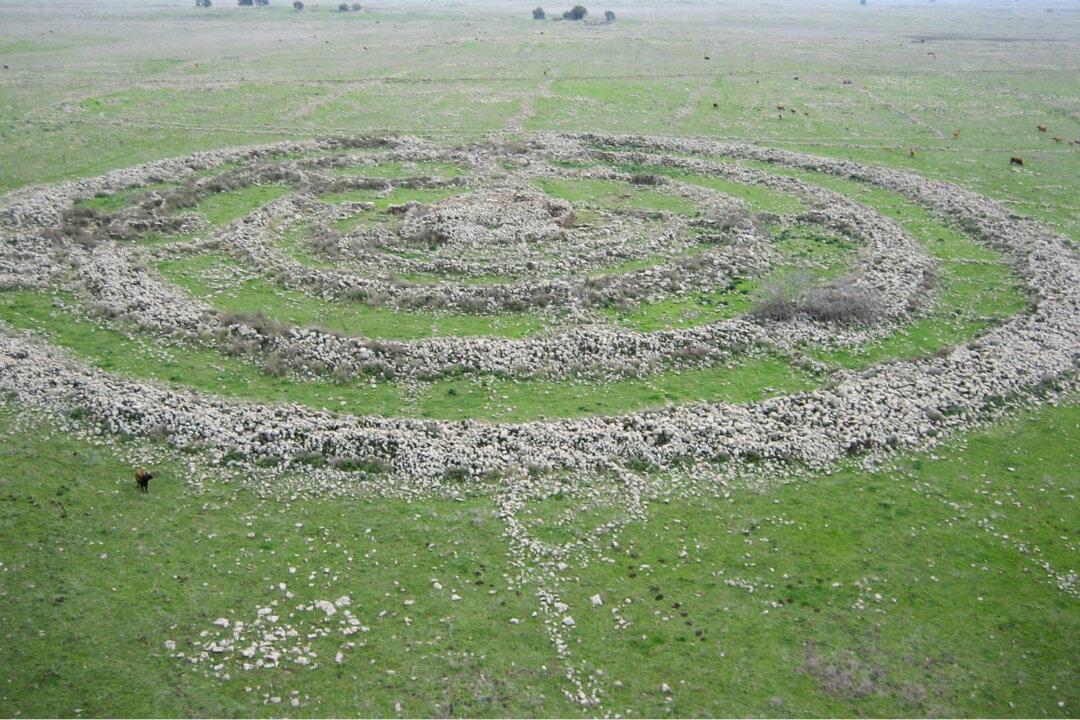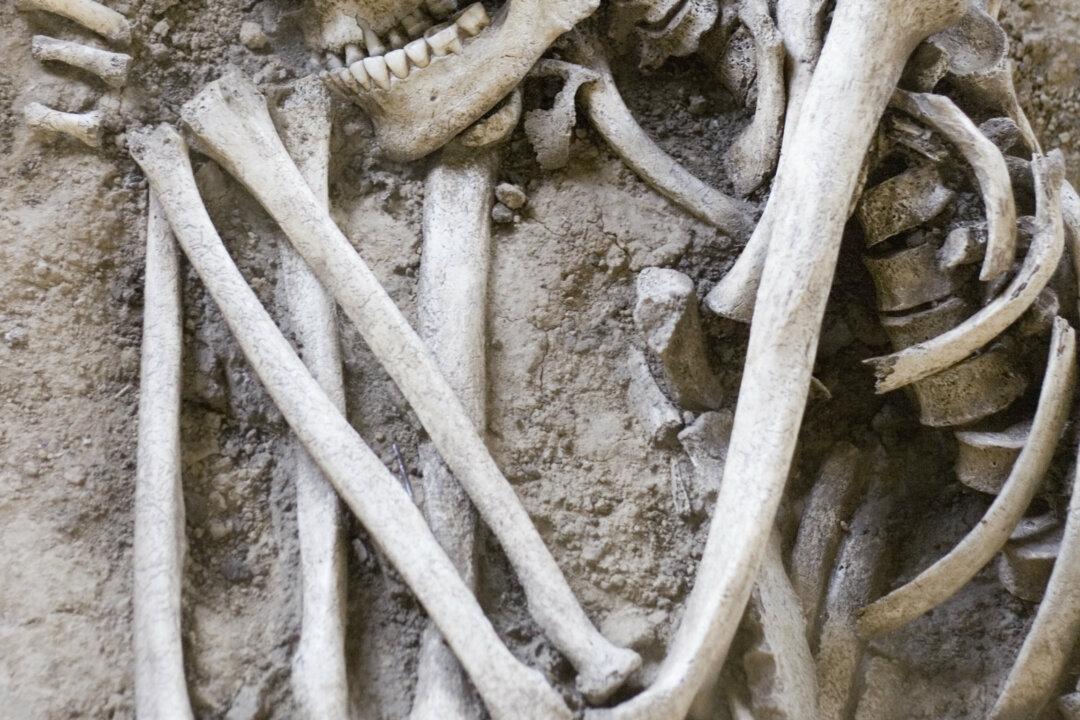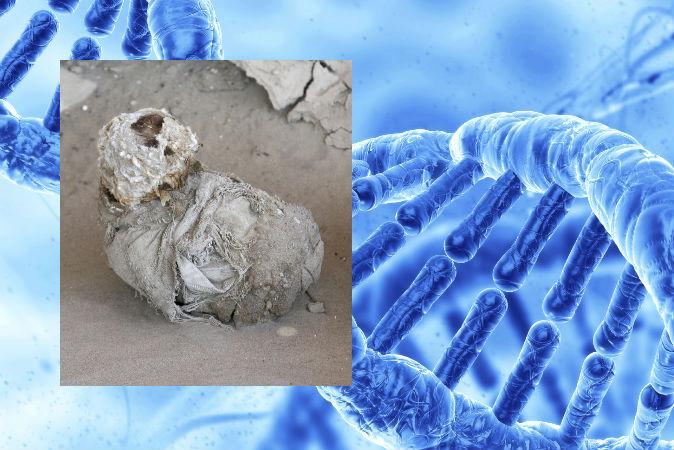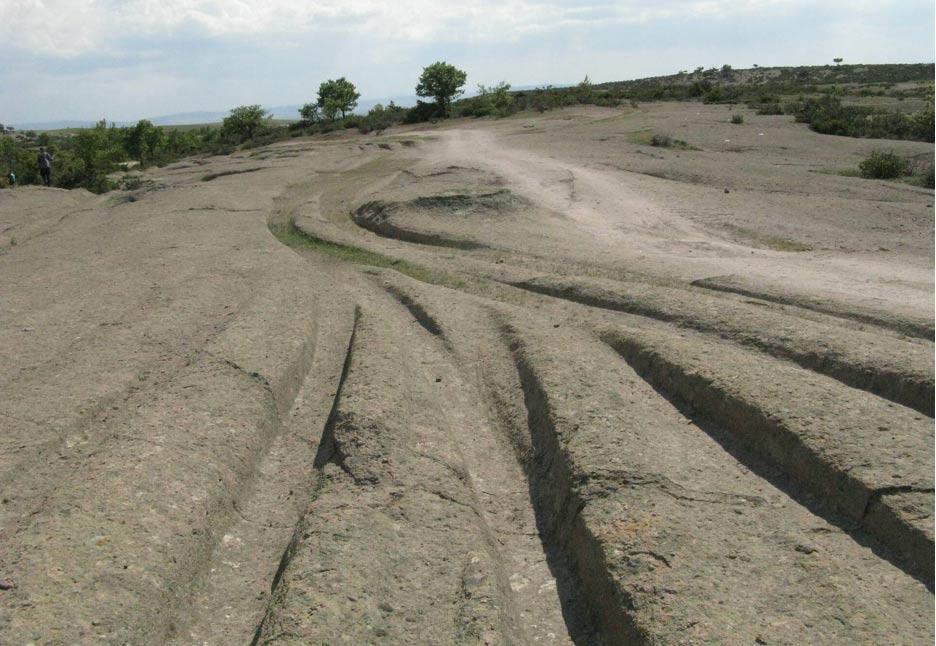West Pharmaceutical Services is building a new factory in Waterford, Ireland, with plans to employ more than 150 people upon completion in 2018, reports The Irish Times. However, the construction site is situated over an ancient ringfort (also known as a rath, or fairyfort) which dates back thousands of years.
Lore Keeper Sounds Alarm
Eddie Lenihan, famed Irish author, storyteller, and broadcaster, warns West Pharmaceutical that destruction or removal of the Knockhouse fairyfort would spell dire consequences and bad luck for all those involved in construction or clearing the ancient dwelling, according to the Irish Examiner.
Lenihan is one of only a few remaining practicing seanchaithe, or traditional storyteller and lore keeper. The seanchaithe, much like bards, memorize and preserve the oral traditions, history, and laws of the ancient Celtic culture. Lenihan has personally written to the American firm, and says,"I am no campaigner, I just like to see things respected. I said to them [West Pharmaceutical Services], in that letter, that if that factory is built, and I hope the factory is built on another location because Waterford needs the jobs, but if it is built there, wait and see what happens.






